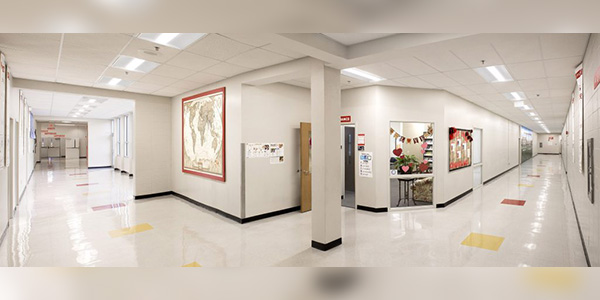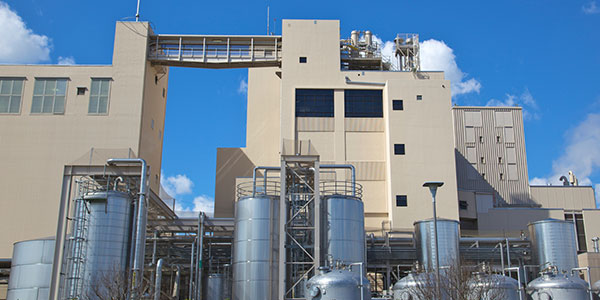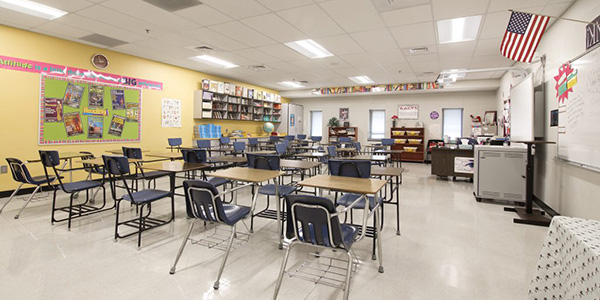Occupancy sensors save energy by automatically turning off lights in spaces that are unoccupied. When motion is detected, the sensor activates a control device that turns the lights on. If no motion is detected within a specified period of time, the lights are turned off until motion is sensed again.
Occupancy sensors are suitable for a wide range of lighting control applications and should be considered in every upgrade decision. Occupancy sensors may be installed to provide control on/off, bi-level control of lighting loads.
Timer switching controls can be installed to ensure that lighting systems are turned off or dimmed according to an established schedule.
Daylight harvesting uses natural light to achieve desired lighting levels in a room. Lighting controls are installed that continually measure the amount of light being delivered to a specific area. These controls will dim the lighting system as light levels increase via daylight, thus reducing the energy required to light the room. In instances where an area may become darker than desired, perhaps on a cloudy day, these controls will raise the light levels to the acceptable level.






